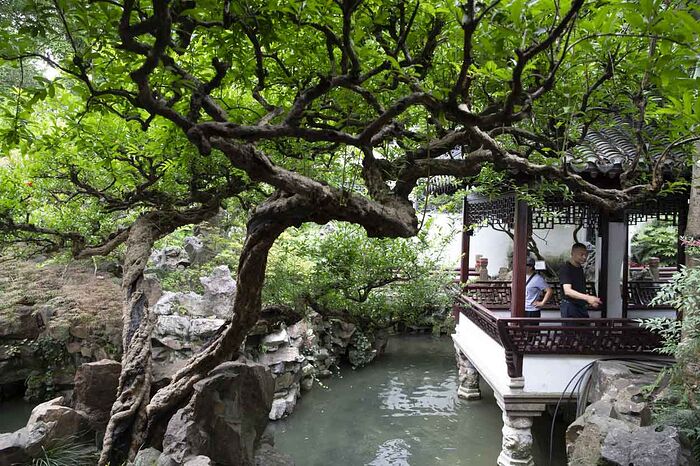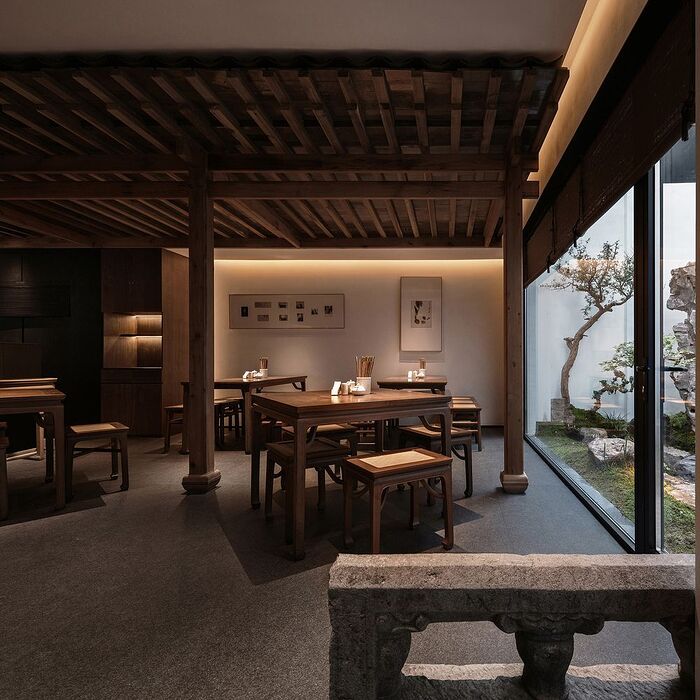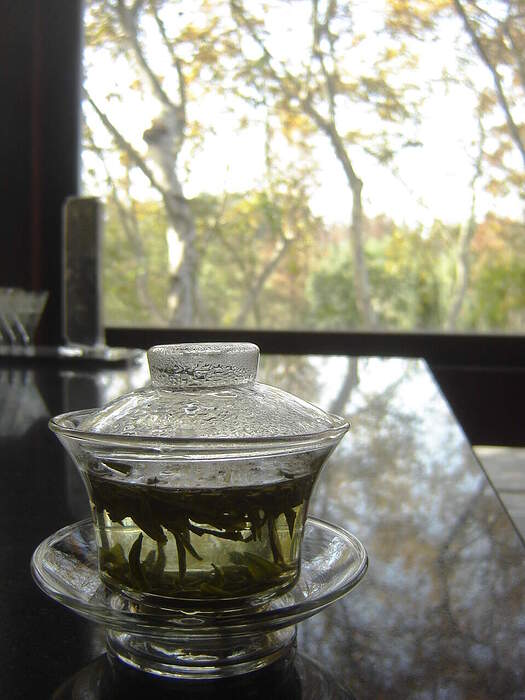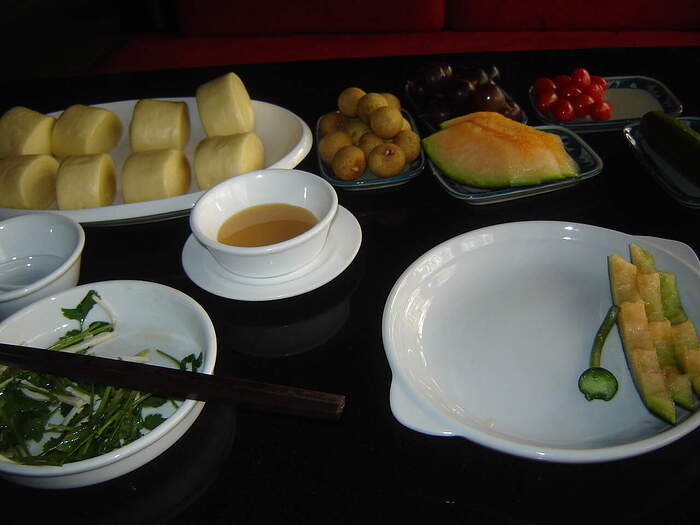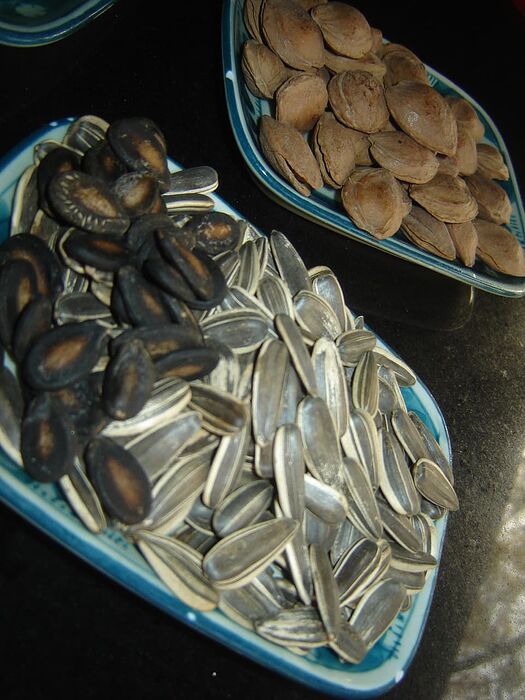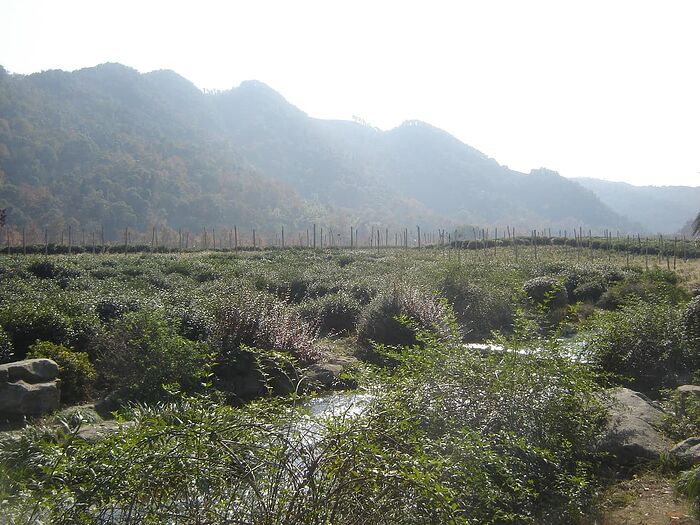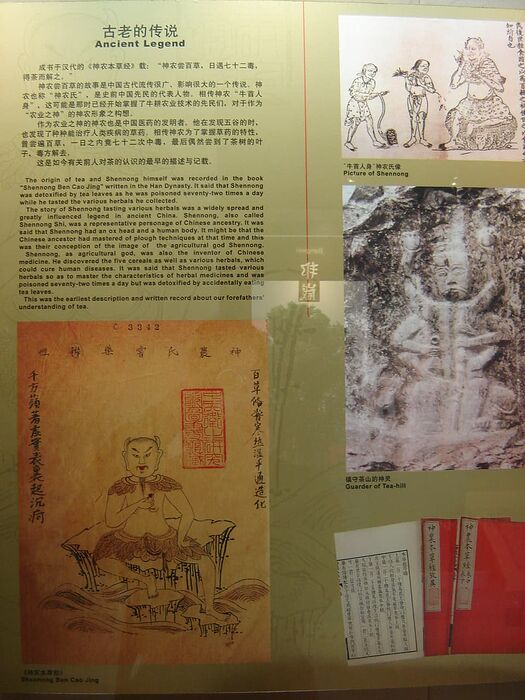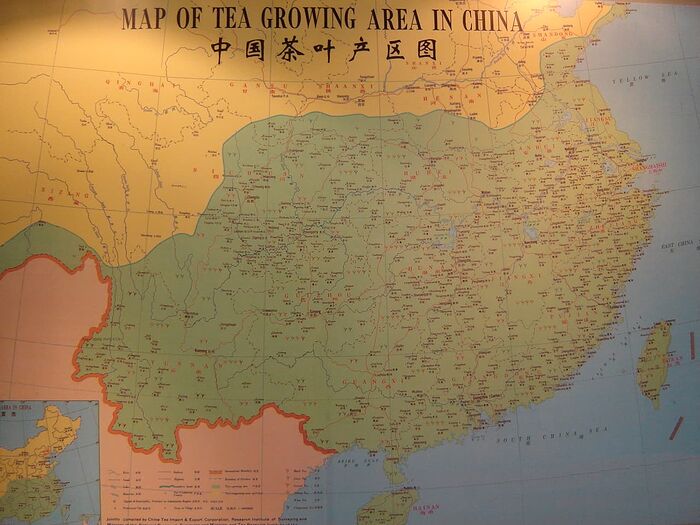In late June this year, I spent slightly more than a week in Jiangnan- Shanghai, Suzhou (Jiangsu), and Hangzhou (Zhejiang), which provided great sightseeing, some truly excellent food, great tea, and plenty of history.
There are countries where everyone rush to, like Japan, because its easy to travel in. China doesn’t get nearly as many overseas tourists. But its actually quite easy to travel around, especially in larger cities like Shanghai. And let’s face it, looking at the technological advances there, sometimes going back home to the SF Bay Area can feel embarrassingly like going back to a developing country- cashless society (I didn’t use a single bank note or coin during my time there, nor did I ever feel the need to look for an ATM.), high speed rail that runs every few minutes (yeah, we celebrated finally having an electrified Caltrain a couple of years ago), electric cars everywhere.
The country sometimes gets a bit of a bad rep because of its government, which can be a bit unwarranted because, its easy to talk smack about countries other than your own, while overlooking the problems back home. I think one has to take the good with the bad for any place.
But the food, it was just glorious. There were only a week’s worth of meals that I could pack in, and there are still many more that I need to sample in subsequent trips. Plenty positive to write about about the cuisine of that area, and plenty to write about the limitations of Chinese food in general in the U.S, which is really just a small subset of the breadth and depth of food offered in China. Depressingly, I have had almost zero desire to eat Chinese after coming home to the SF Bay Area (@hyperbowler) which supposedly has some of the better Chinese food in the U.S.
One mistake that I made was spending way too many meals trying to find supposedly the ‘best’ rendition of Shanghai food famous overseas- xiao long bao, sheng jian bao, when I should have just gone straight to the food that I can’t easily get outside Jiangnan. Nothing wrong with XLB or SJB, but I consider those as high floor, low ceiling food that is more appropriate as breakfast food than haute cuisine that reflects the skills of Jiangnan chefs, who are true artisans who have collectively honed their craft over thousands of years.
At the end, a collection of Chinese mobile apps are essential in navigating China and finding eats. For me, they were Amap (map), Alipay/ Wechat (payment), Didi (ride hailing), Qunar (hotels), Railway12306 (High speed rail), Meituan (takeouts). For others, Rednote, Dianping (finding eats) and Taobao (online shopping) are helpful as well.
Here were the places that I ate in, which I will write in more details in separate posts:
Shanghai 上海 part 1:
Ren He Guan 人和馆(静安寺店)
Yang’s Dumpling 小楊生煎館
Chen Dacheng 沈大成( 豫园商城店)
Yangzhou Fan Dian 扬州饭店(南京东路店)
Jia Jia Tang Bao 佳乐汤包(黃河路)
Yong Fu Xiao Xian 甬府小鲜(静安嘉里中心店)
Suzhou 苏州:
Songhelou 松鹤楼(观前店)
Gu Su Qiao 姑苏桥·文人苏式面馆(观前街店)
Sucheng Jiayan 苏城家宴(万科·美好广场店)
Weiji’ao Noodle Restaurant 伟记奥面馆(白塔东路店)
Yuxingji Noodle Restaurant 裕兴记平江路店·苏式面馆
Hangzhou 杭州:
Louwailou 楼外楼(杭州西湖风景名胜区店)
Longjing Village 龍井村
Teavilla Bamboo Restaurant 紫竹·水乐西湖·庭院餐厅
Longjing Wholesale 龙井批发(茶厂直营)
Definitely Fresh 铁定鲜乐清湾小海鲜
Shanghai 上海 part 2:
荷风细雨•中国茶宴(新天地店)
Ren He Guan 人和馆(静安寺店)
Lailai Snack Dumpling 莱莱小笼
Chen Dacheng 沈大成(南京东路店)
